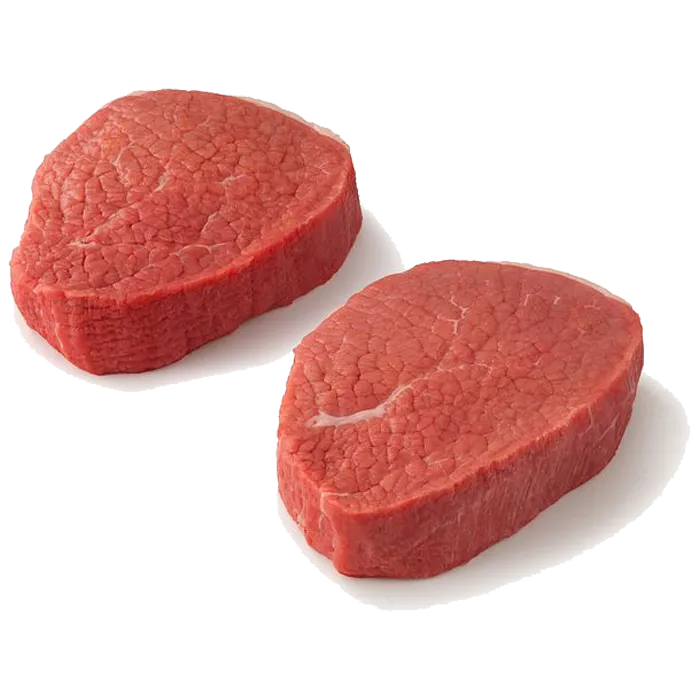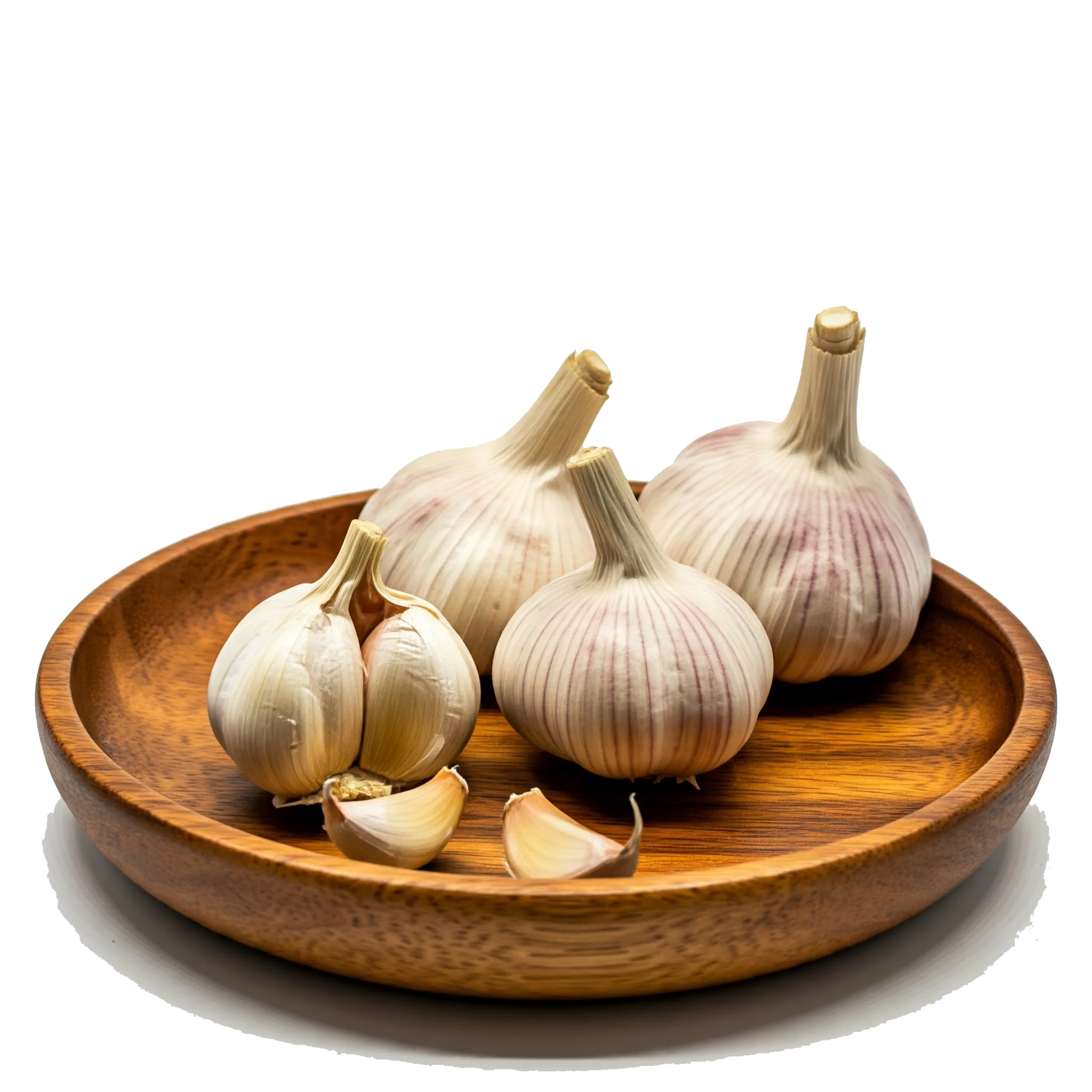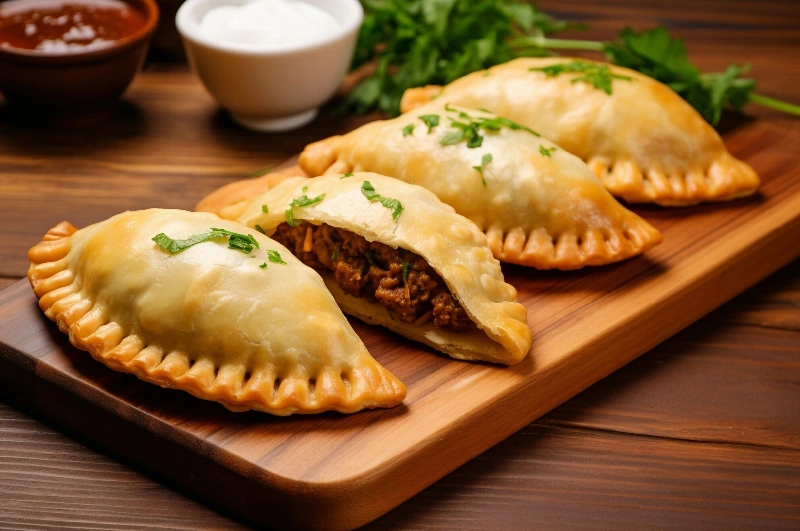

Top Health Benefits of Homemade Empanadas You Need to Know
Empanadas are a flavorful and satisfying meal that provides a balanced combination of nutrients. The filling, typically made with ground meat, vegetables, and spices, offers a rich source of protein, essential vitamins, and minerals. The ground meat, often beef or chicken, is a great source of high-quality protein, which is vital for muscle growth, tissue repair, and overall body function. The vegetables, such as bell peppers and onions, contribute fiber, antioxidants, and important micronutrients like vitamin C and potassium, which support immune health and heart function. The spices, such as cumin and paprika, not only enhance the flavor but also provide anti-inflammatory properties and can aid in digestion. However, the calorie content of empanadas can be relatively high, especially when deep-fried, so it’s essential to balance them with a healthy diet, especially if you’re mindful of caloric intake. With their combination of protein, fats, and carbohydrates, empanadas can be a satisfying and well-rounded meal, but they should be consumed in moderation for a balanced diet.
 Empanada dough : 12 Piece
Empanada dough : 12 Piece Ground /
Beef Round : 300 g
Ground /
Beef Round : 300 g Onion : 1 Piece
Onion : 1 Piece Garlic : 2 clove
Garlic : 2 clove Bell Pepper : 1 Piece
Bell Pepper : 1 Piece Tomato Paste : 2 Tablespoon
Tomato Paste : 2 Tablespoon Salt : as needed
Salt : as needed black pepper : to taste
black pepper : to taste Cumin : 1 Teaspoon
Cumin : 1 Teaspoon Paprika : 1 Teaspoon
Paprika : 1 Teaspoon Chicken Egg : 1 Piece
Chicken Egg : 1 Piece Parsley : to taste
Parsley : to taste Olive Oil : 2 Tablespoon
Olive Oil : 2 Tablespoon Frying Oil : as needed
Frying Oil : as neededRecipe :
For 4 people
Enjoy your delicious homemade empanadas!
When preparing empanadas, it's crucial to follow a few key steps to ensure the best results. First, make sure the dough is rolled out evenly to prevent the empanadas from being too thick or too thin, which can affect the texture and cooking time. If you're making the dough from scratch, be sure to let it rest for at least 30 minutes before rolling it out to achieve the perfect consistency. When filling the empanadas, avoid overstuffing them, as this can cause the dough to break while baking or frying. It's also important to seal the edges tightly with a fork or by pressing them together by hand to prevent any filling from spilling out during cooking. If baking, preheat the oven thoroughly to ensure the empanadas cook evenly, and consider brushing them with a beaten egg for a golden, crispy crust. Whether frying or baking, keep an eye on the cooking time to avoid burning, as empanadas cook relatively quickly. For the best texture, aim for a golden brown color on the outside while keeping the filling moist and flavorful on the inside.

Empanadas can be suitable for a variety of diets, but certain modifications may be necessary for some individuals. For those following a ketogenic diet, the traditional dough is not ideal due to its high carbohydrate content, but it can be adapted by using low-carb flour alternatives, such as almond flour or coconut flour. Vegan and vegetarian diets can also enjoy empanadas by substituting the meat filling with plant-based alternatives like lentils, tofu, or tempeh, and omitting the egg wash for a plant-based crust. However, for those on a gluten-free diet, traditional empanada dough made with wheat flour should be replaced with a gluten-free flour blend, making sure the dough is pliable enough for rolling and sealing. For individuals on a low-calorie diet, it’s important to control the portion size and consider baking instead of frying to reduce the calorie count. While empanadas are generally high in protein due to the meat filling, they may not align with paleo diets due to the use of flour, which is not allowed in strict paleo eating plans. Additionally, people following the DASH diet may need to reduce the amount of salt used in the filling and opt for leaner meat choices to make the dish more suitable for managing blood pressure. Therefore, while empanadas are versatile, they may need adjustments based on dietary preferences or restrictions.
...